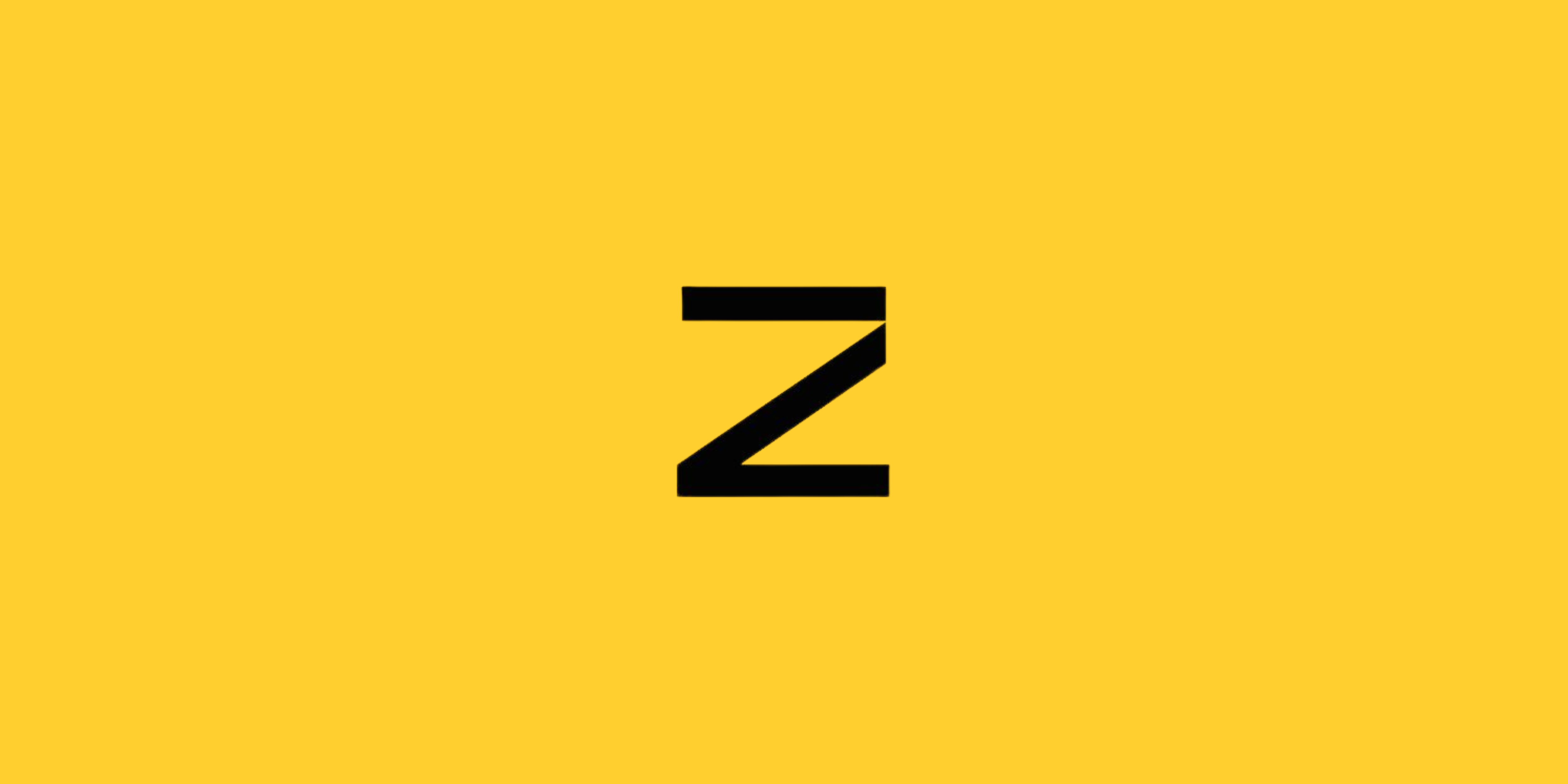Introduction
Zama is at the forefront of developing advanced Fully Homomorphic Encryption (FHE) solutions for blockchain and AI. Their emphasis on user privacy and data security enables computations on encrypted data without decryption, making them a leader in this innovative field.
Innovation
Zama’s FHE technology allows for encrypted data computations, ensuring user privacy during processing. This innovation is crucial for enhancing data security across various applications, from blockchain to AI. Zama’s solutions include TFHE-rs, Concrete, Concrete ML, and the fhEVM, all designed to integrate FHE seamlessly into developer workflows, making privacy-preserving computations more accessible.
Architecture
The architectural design of Zama‘s solutions revolves around FHE, which allows computations on encrypted data without decryption. Key components include:
- TFHE-rs: A pure Rust implementation of FHE over the Torus, enabling Boolean and integer arithmetic on encrypted data.
- Concrete Framework: An open-source FHE Compiler simplifying FHE program development based on LLVM.
- Concrete ML: Integrates FHE into machine learning, enabling encrypted data training and pre-processing.
- fhEVM: Allows confidential smart contracts on the Ethereum Virtual Machine using FHE, ensuring data privacy and contract composability.
Zama Code Quality
Zama’s codebase is well-structured and meticulously documented, reflecting high standards in software development. Using Rust for TFHE-rs ensures performance and safety while integrating LLVM in the Concrete framework, which enhances compatibility and efficiency. The Concrete ML library follows best practices in machine learning, making it user-friendly for data scientists.
Product Roadmap
Zama has laid out a clear product roadmap focusing on expanding the use of FHE across various domains. Their goals include:
- Enhancing the fhEVM for broader adoption in the Ethereum ecosystem.
- Expanding the capabilities of Concrete ML to support more machine learning models and use cases.
- Collaborating with blockchain projects like Fhenix, Shiba Inu, and Inco to integrate FHE for privacy-preserving applications.
- Developing solutions for confidential tokens, decentralized identity, gaming, and institutional finance.
Usability
Zama’s solutions are designed to be developer-friendly, lowering the barrier to entry for integrating FHE. Tools like the Concrete framework and Concrete ML provide intuitive interfaces and APIs, allowing developers and data scientists to leverage FHE without deep cryptographic expertise. The fhEVM extends this usability to smart contract developers, enabling secure and confidential decentralized applications.
Team
Zama boasts a team of experienced cryptographers, software engineers, and industry veterans. Their expertise in FHE and commitment to open-source development position them as leaders in the field. Notable team members include strategic founders like Juan Benet (Filecoin/IPFS), Gavin Wood (Ethereum/Polkadot), and Anatoly Yakovenko (Solana), who bring valuable insights and experience to the project.
Conclusion
Zama‘s FHE solutions significantly advance data privacy and security, offering robust protection for blockchain and AI applications. Their innovative technology, high-quality codebase, clear product roadmap, and user-friendly tools make them a key player in the cryptographic landscape. By enabling secure computations on encrypted data, Zama is pioneering the future of privacy-preserving technology.
| Initial Screening | |||
| Keep researching | |||
| Does this project need to use blockchain technology? | Yes | ||
| Can this project be realized? | Yes | ||
| Is there a viable use case for this project? | Yes | ||
| Is the project protected from commonly known attacks? | Yes | ||
| Are there no careless errors in the whitepaper? | Yes | ||
| Project Technology Score | |||
| Description | Scorecard | ||
| Innovation (Out Of 11) | 9 | ||
| How have similar projects performed? | Good | 2 | |
| Are there too many innovations? | Regular | 2 | |
| Percentage of crypto users that will use the project? | 6%-10% | 3 | |
| Is the project unique? | Yes | 2 | |
| Architecture (Out of 12) | 9 | ||
| Overall feeling after reading whitepaper? | Good | 2 | |
| Resistance to possible attacks? | Good | 2 | |
| Complexity of the architecture? | Very complex | 0 | |
| Time taken to understand the architecture? | 20-50 min | 1 | |
| Overall feeling about the architecture after deeper research? | Good | 4 | |
| Has the project been hacked? | No | 0 | |
| Code Quality (out of 15) | 15 | ||
| Is the project open source? | Yes | 2 | |
| Does the project use good code like C,C++, Rust, Erlang, Ruby, etc? | Yes | 2 | |
| Could the project use better programming languages? | No | 0 | |
| Github number of lines? | More than 10K | 1 | |
| Github commits per month? | More than 10 | 2 | |
| What is the quality of the code? | Good | 2 | |
| How well is the code commented? | Outstanding | 2 | |
| Overall quality of the test coverage? | Outstanding | 2 | |
| Overall quality of the maintainability index? | Outstanding | 1 | |
| When Mainnet (out of 5) | 5 | ||
| When does the mainnet come out? | Mainnet | 5 | |
| Usability for Infrastructure Projects (out of 5) | 5 | ||
| Is it easy to use for the end customer? | Yes | 5 | |
| Team (out of 7) | 7 | ||
| Number of active developers? | 5+ | 2 | |
| Developers average Git Background? | Senior | 2 | |
| Developers coding style? | Outstanding | 3 | |
| Total Score (out of 55) | 48 | ||
| Percentage Score | |||
| Innovation | 16.36% | ||
| Architecture | 16.36% | ||
| Code Quality | 27.27% | ||
| Mainnet | 9.09% | ||
| Usability | 9.09% | ||
| Team | 12.73% | ||
| Total | 90.91% |





